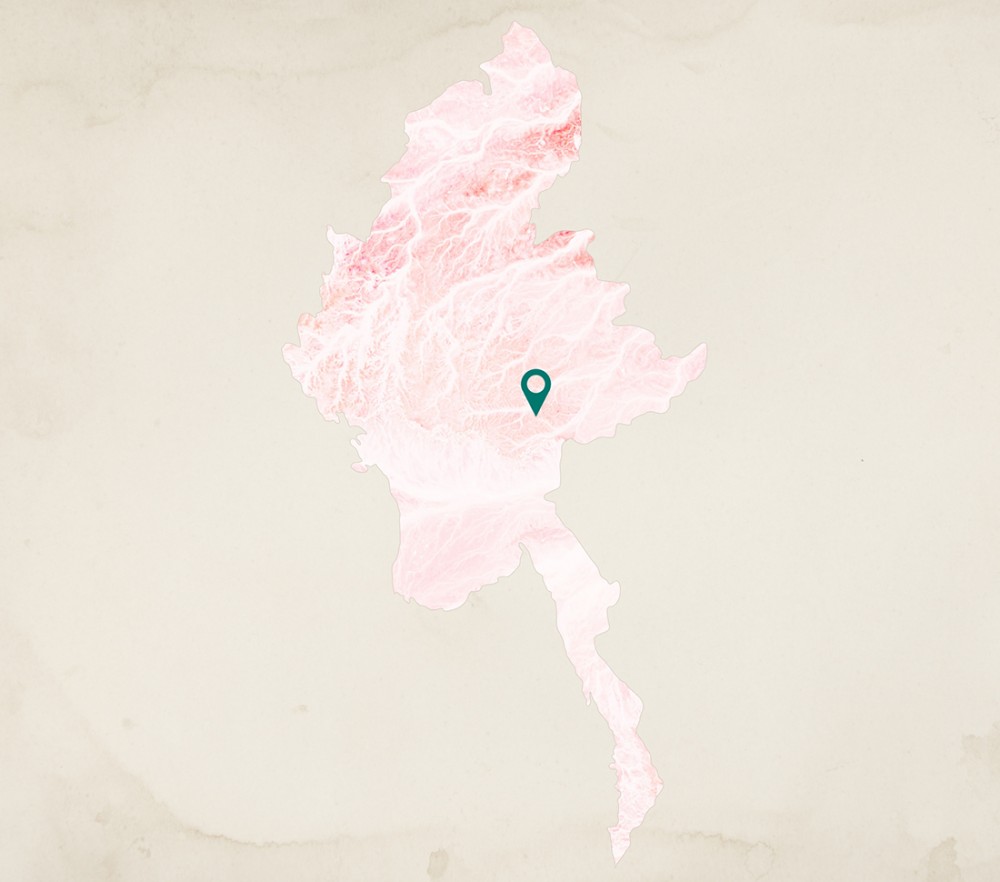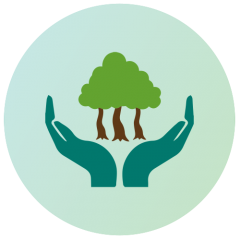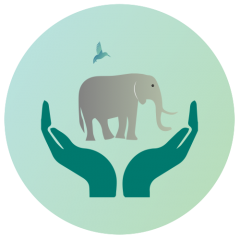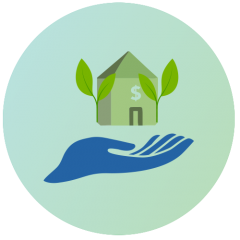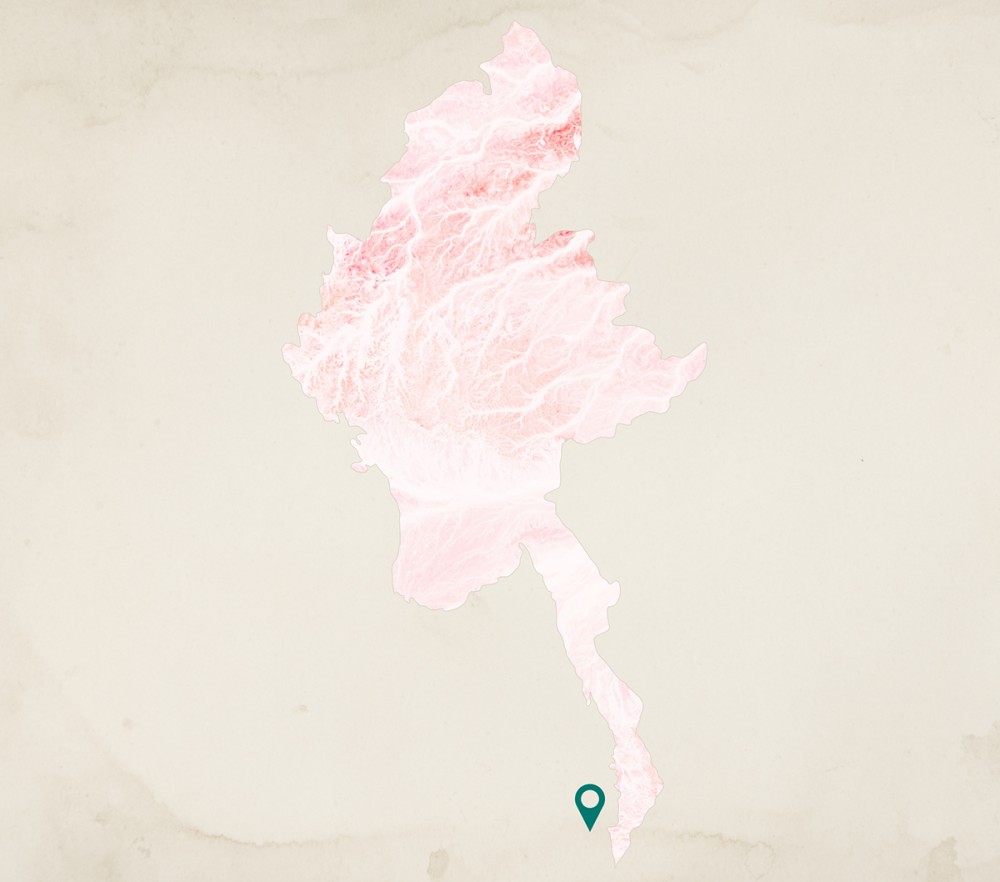
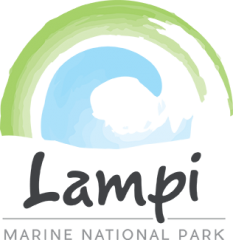
Lampi Marine National Park
Background
Located in the Myeik Archipelago, Lampi Marine National Park is Myanmar’s first Marine National Park and is home to more than 1200 marine and terrestrial species. The Park’s rich biodiversity is threatened by overfishing, illegal logging, hunting, and uncontrolled tourism development.
The project
Since 2009, Istituto Oikos has supported the Forest Department to improve the management and conservation of the Park through a range of activities in different areas. A General Management Plan was developed with the involvement of authorities, communities, and the private sector. Capacity building and equipment are provided to the Park staff for the monitoring of key species and law enforcement against illegal activities. Environmental awareness campaigns and clean-ups are implemented to improve solid waste management. Local communities are involved in the sustainable management of fisheries and the development of ecotourism activities (village tours, excursions, handicrafts).
About the organization
Founded in Italy in 1996, Istituto Oikos focuses on biodiversity conservation and the sustainable management of natural resources across Europe, Asia, and Africa. Oikos started working in Myanmar in 2007.

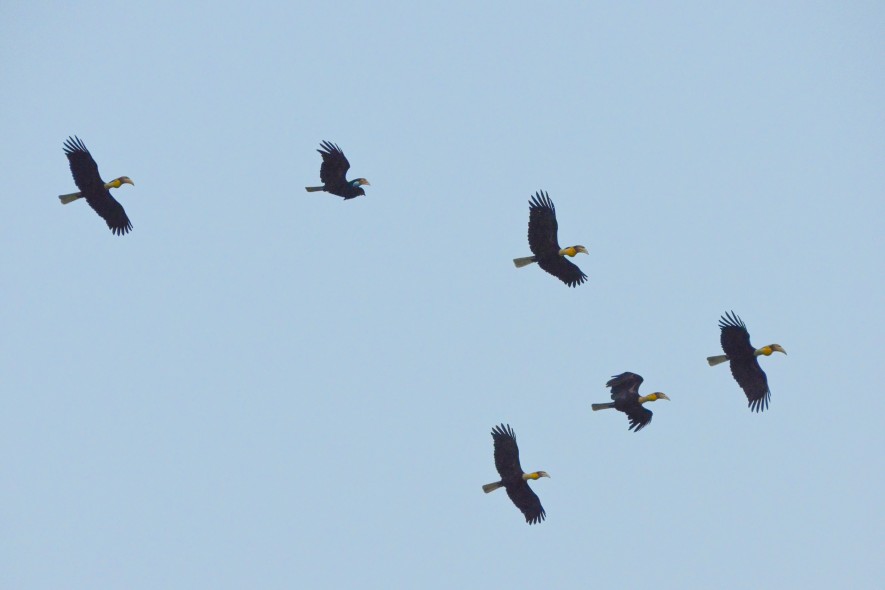

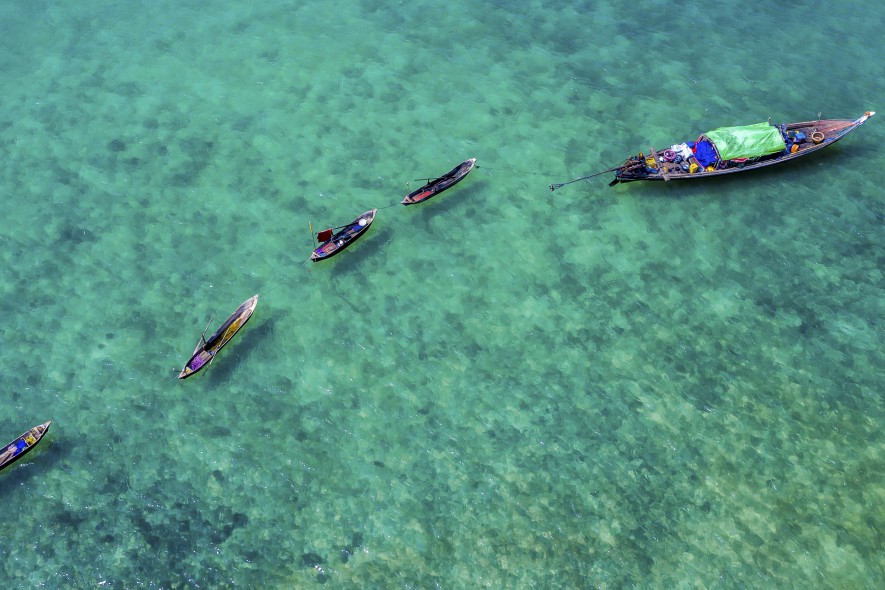
Implemented by
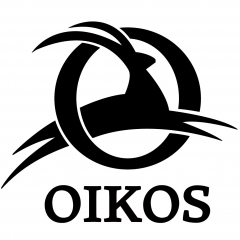
Financed by
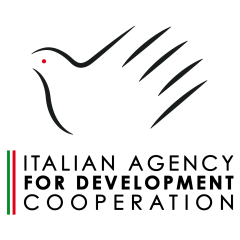
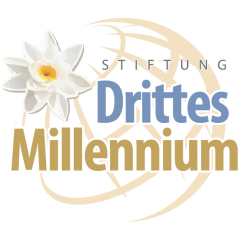
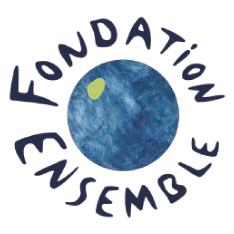
Institutional partners
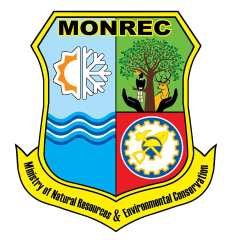
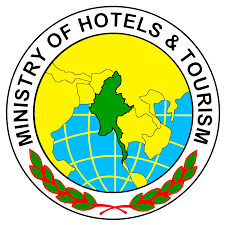
HIMALCA - Rural Livelihoods and Climate Change Adaptation in the Himalaya
Supporting sustainable livelihoods by enhancing agroforestry in southern Shan State
